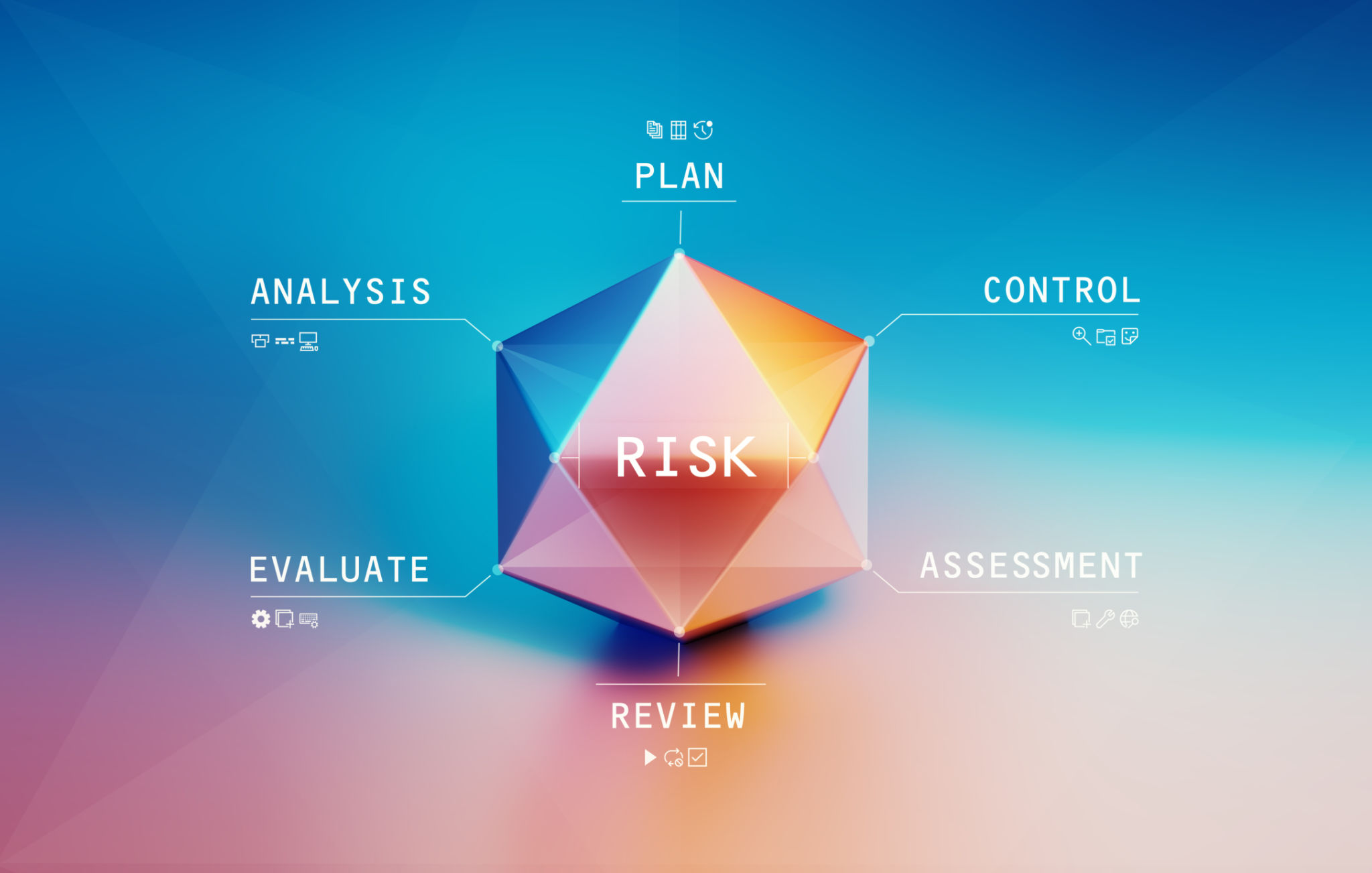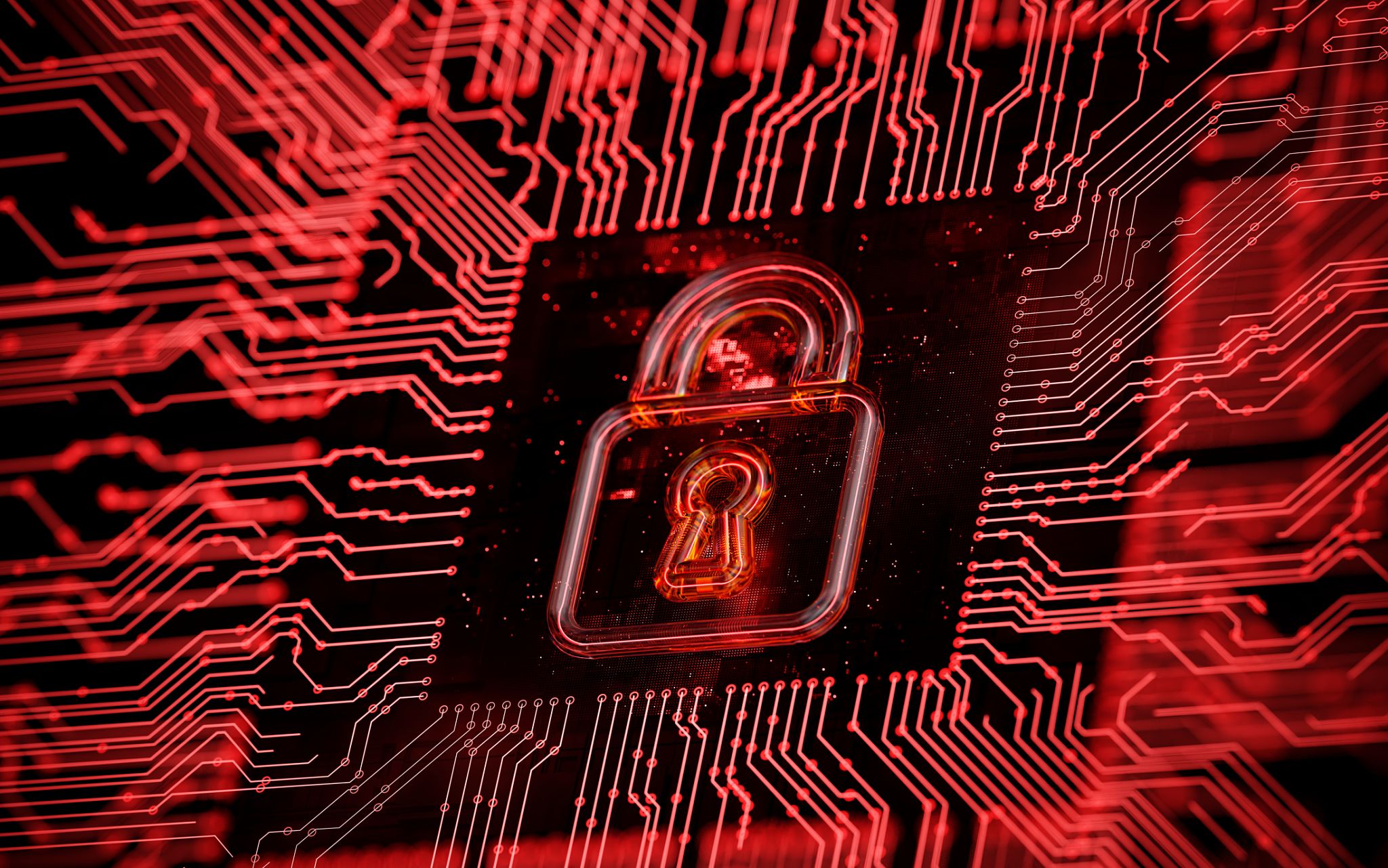Essential Steps for Digital Asset Protection: A Guide for Institutional Investors
Understanding Digital Asset Protection
In today's rapidly evolving digital landscape, institutional investors face increasing challenges in safeguarding their digital assets. The importance of robust digital asset protection cannot be overstated, as it ensures the security and integrity of valuable investments. As cyber threats become more sophisticated, implementing effective protection strategies is essential for any investment institution.

Implementing Strong Access Controls
One of the foundational steps in digital asset protection is implementing strong access controls. This involves using multifactor authentication (MFA) to ensure that only authorized personnel can access sensitive information. Additionally, regularly updating and managing passwords can significantly reduce the risk of unauthorized access.
Access controls should extend beyond simple password protection. Institutional investors should consider deploying biometric systems or smart cards for enhanced security. These measures provide an additional layer of defense, making it more difficult for unauthorized users to gain access to critical systems.
Regular Security Audits and Risk Assessments
Conducting regular security audits and risk assessments is crucial for identifying potential vulnerabilities in your digital infrastructure. These evaluations help pinpoint areas where security measures may be lacking and provide insights into necessary improvements. By proactively addressing vulnerabilities, institutional investors can mitigate risks before they lead to significant issues.

Security audits also serve as a valuable tool for ensuring compliance with industry standards and regulations. Keeping abreast of the latest cybersecurity trends and threats allows institutions to adapt their strategies accordingly, maintaining a robust defense against emerging risks.
Data Encryption and Backup Strategies
Data encryption is a vital component of digital asset protection. By encrypting sensitive data, institutional investors can safeguard information from unauthorized access during transmission and storage. It's important to use strong encryption algorithms and regularly update encryption protocols to stay ahead of potential threats.
Additionally, having a comprehensive data backup strategy is essential for ensuring data recovery in the event of a breach or system failure. Regularly backing up data to secure, off-site locations guarantees that critical information can be restored quickly and efficiently.

Employee Training and Awareness Programs
Human error remains one of the most significant risks to digital asset security. Implementing thorough employee training and awareness programs can significantly reduce this risk. Educating staff on recognizing phishing attempts, practicing safe browsing habits, and adhering to security protocols is key to maintaining a secure environment.
Regularly updating training programs to reflect the latest cybersecurity threats ensures that employees remain vigilant and informed. By fostering a culture of security awareness, institutional investors can empower their teams to become the first line of defense against cyber threats.
Conclusion
Protecting digital assets requires a comprehensive approach that combines advanced technologies, stringent protocols, and continuous education. Institutional investors must remain proactive in addressing potential threats by implementing strong access controls, conducting regular audits, encrypting data, and fostering a culture of security awareness.
By taking these essential steps, institutions can significantly enhance their digital asset protection efforts and safeguard their investments against the ever-evolving landscape of cyber threats.